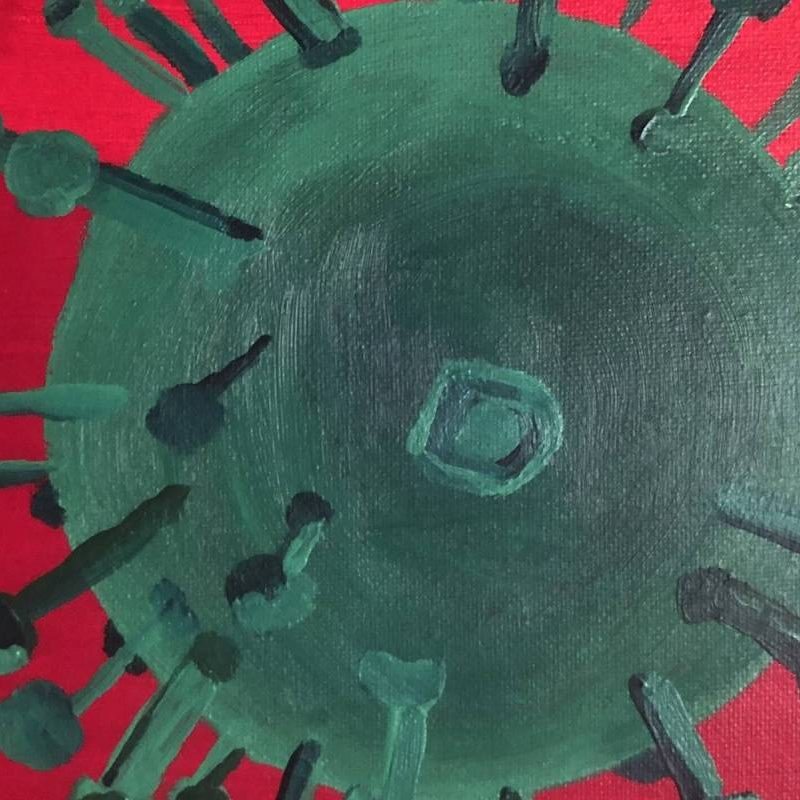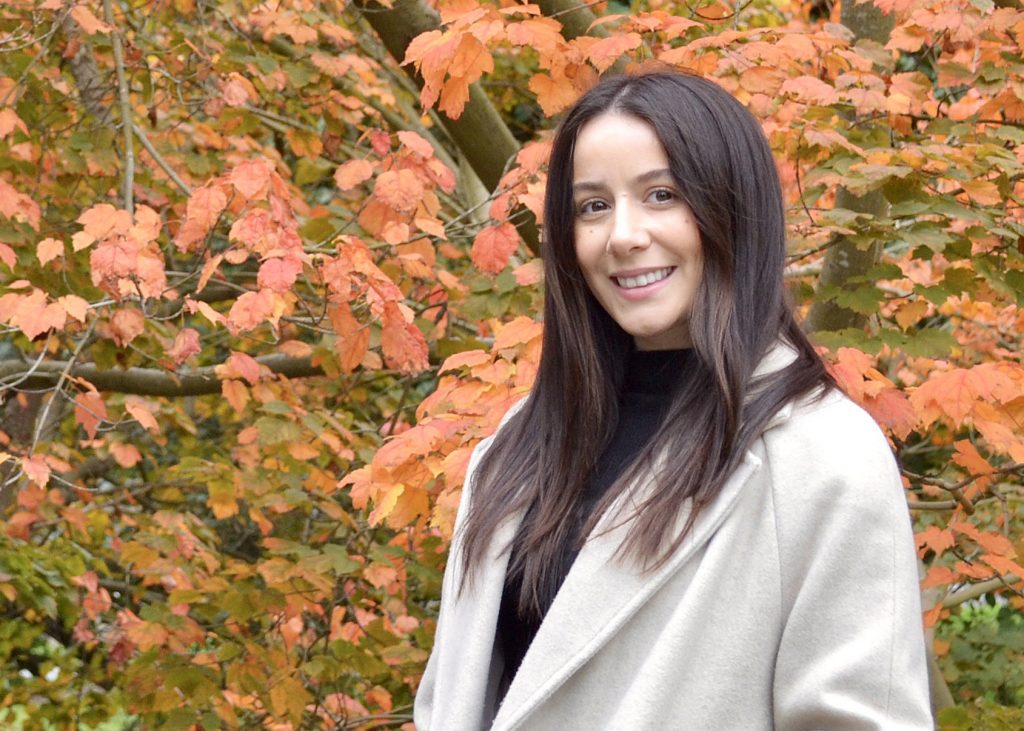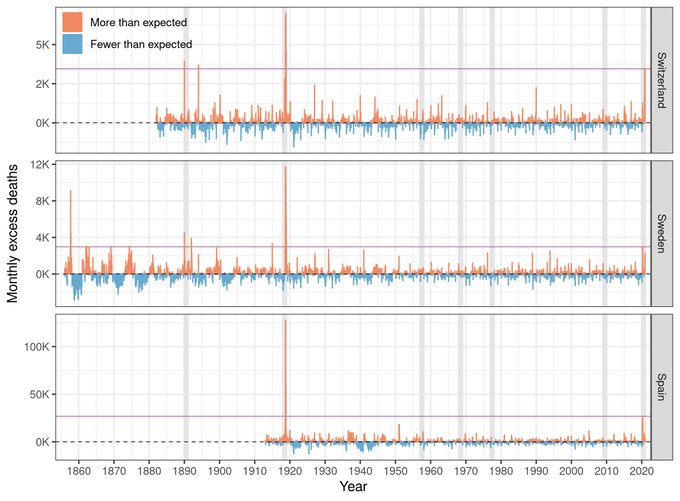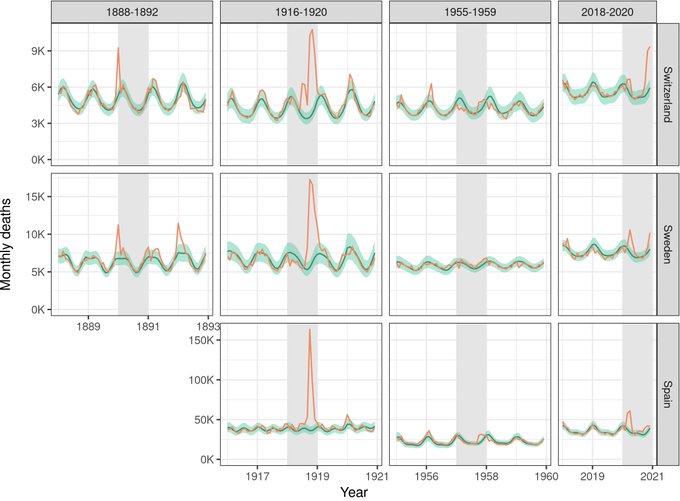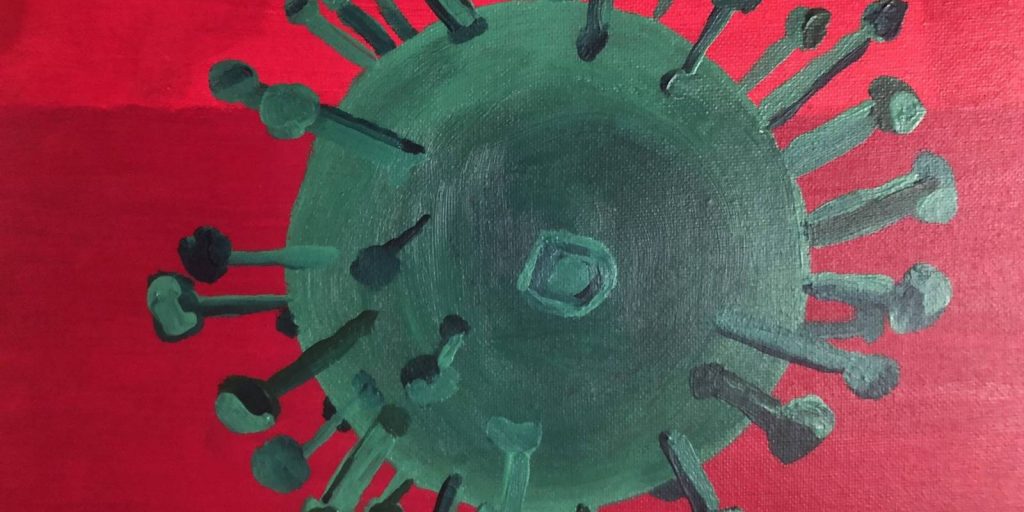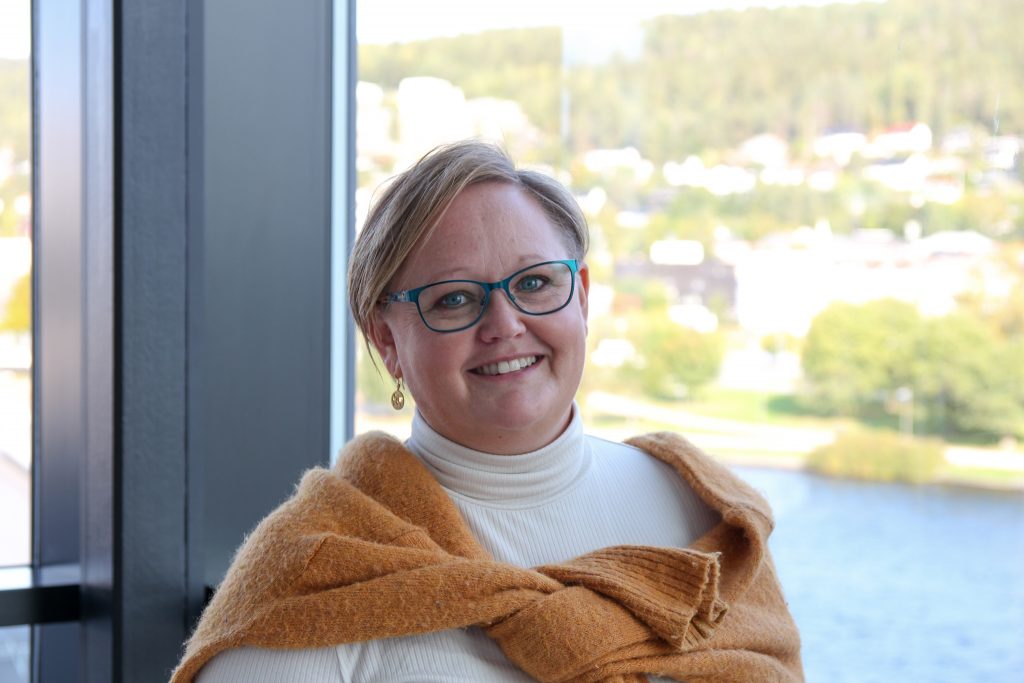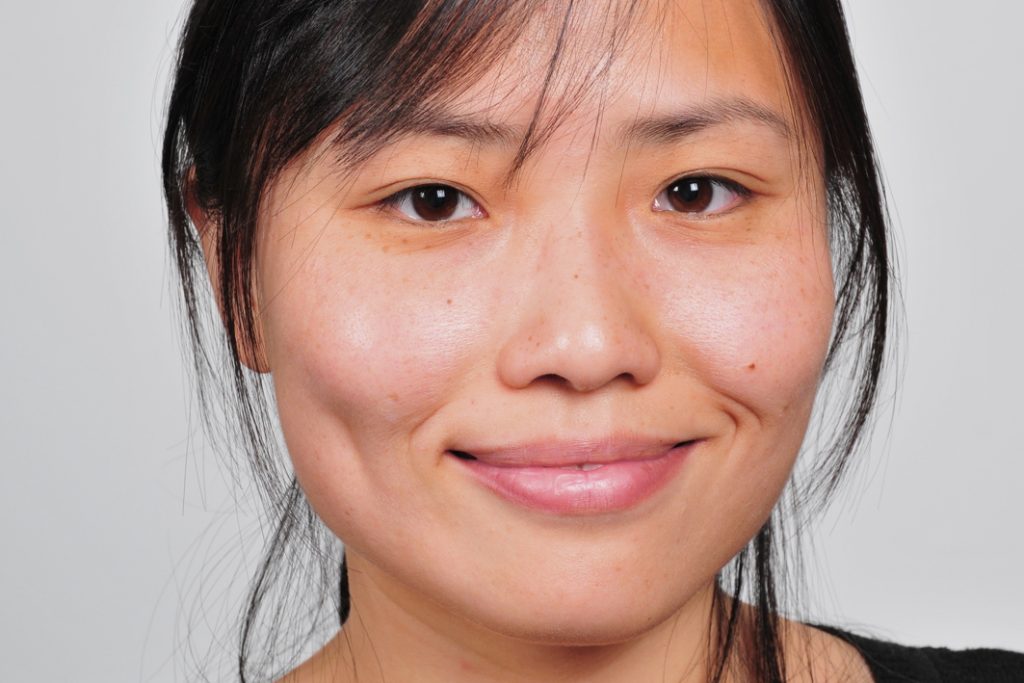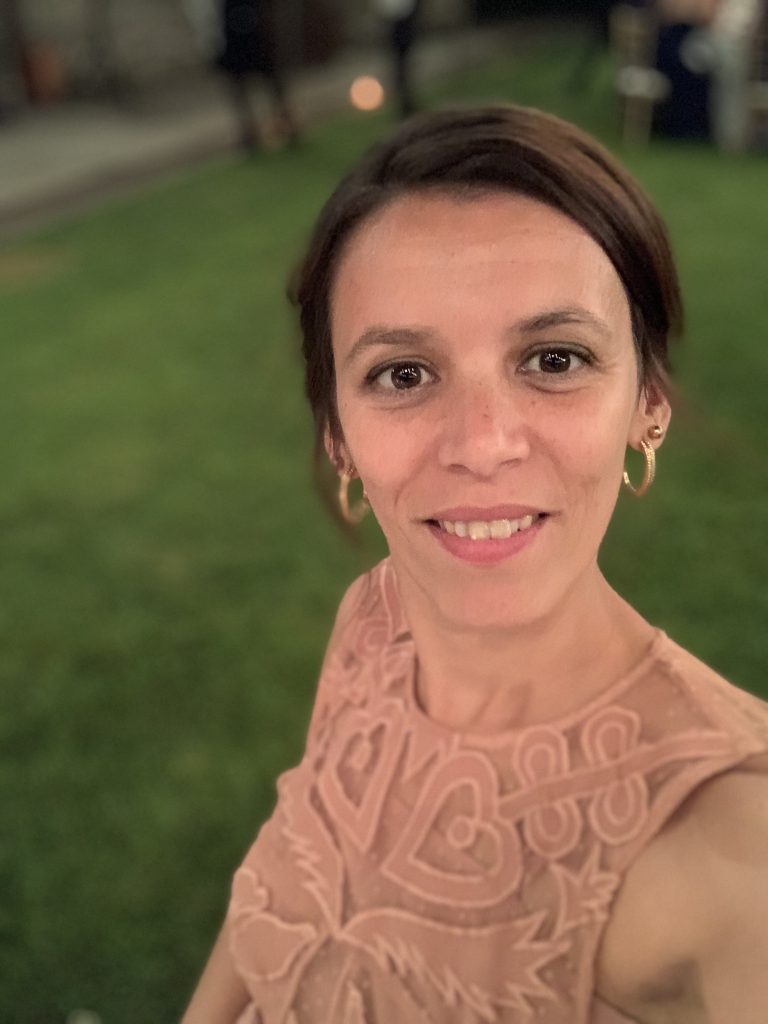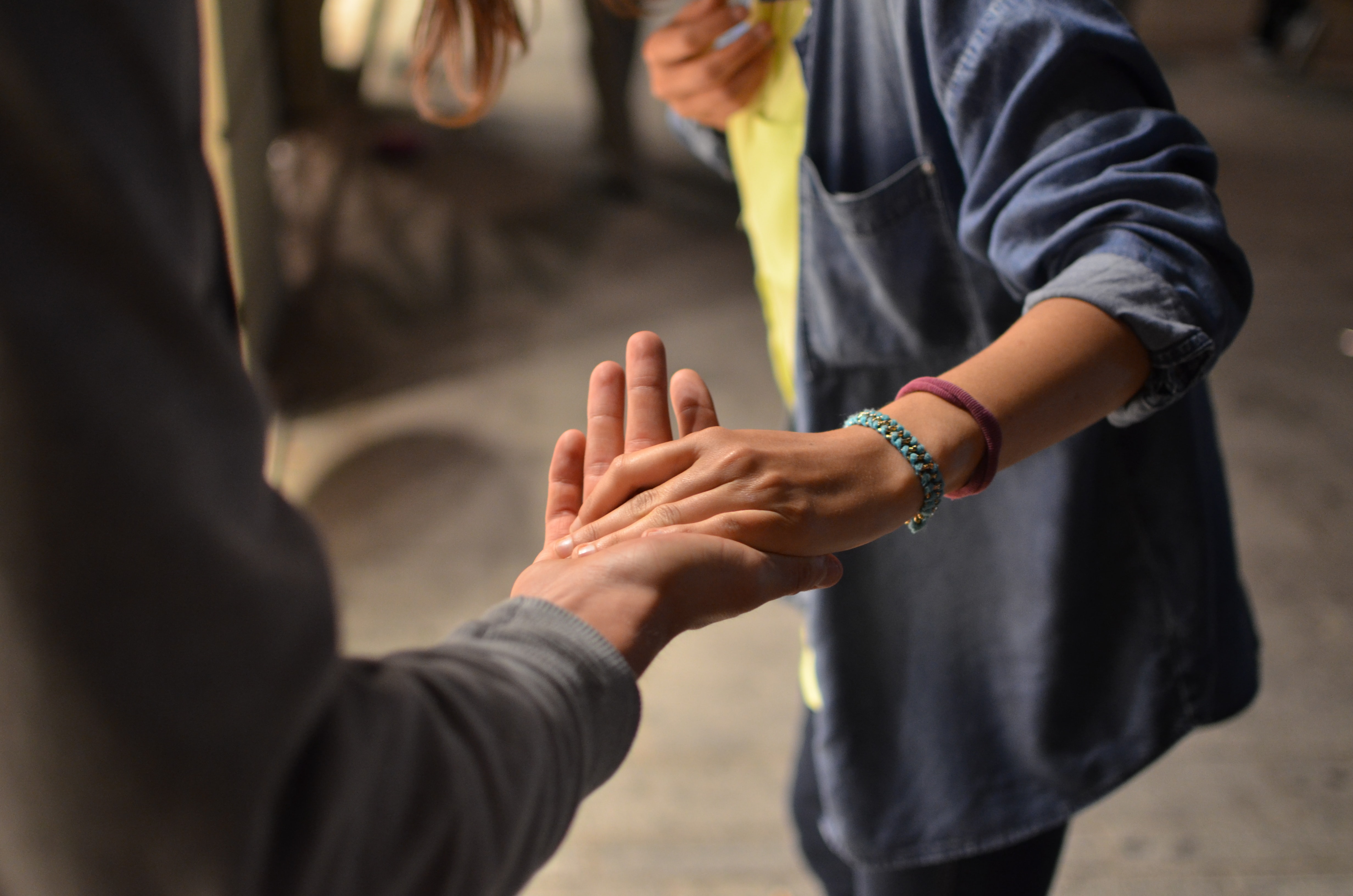Meet Christina Stylegar Torjussen, our new PANSOC-affiliated masters student
Cristina is a student at Southeastern Norway and has Professor Ole Georg Moseng as her advisor. She will, however, be affiliated with PANSOC for the academic year 2021-22. Please read more below about her exciting project on the terrible pandemic death toll on a Norwegian naval ship in 1918.
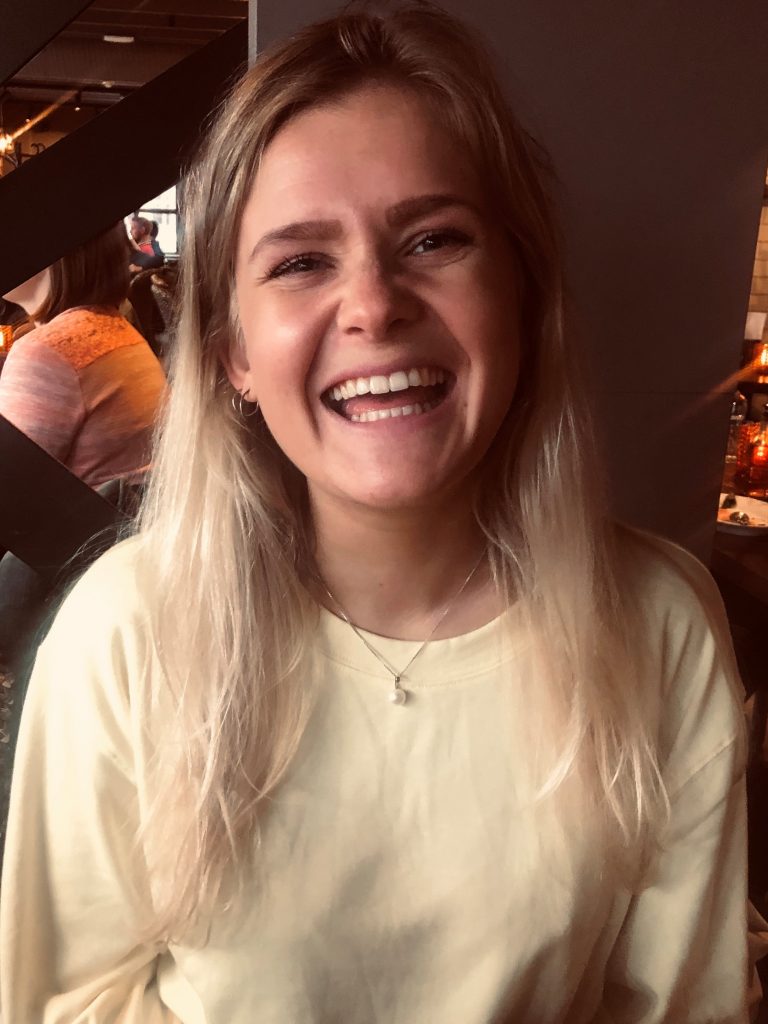
Tell us about your project:
My master´s thesis will address how the 1918 influenza pandemic influenced morbidity and mortality on the Norwegian naval ship “Kong Sverre” who received 500 new recruits in October 1918. This particular crew suffered a massive loss during the autumn 1918, despite it being an exercising military ship in a neutral country. I will use rich quantitative and qualitative source material to study why almost one in three of those who fell symptomatically ill died.
You are starting a project about a historical pandemic in the middle of a current pandemic. How does that feel?
It is interesting to learn more about a historical pandemic, while at the same time live through an evolving pandemic. There are both differences and similarities between the 1918 influenza and COVID-19. While young adults were hardest affected in 1918, it is the elderly who have the highest risk of a severe disease in 2020. Just as in 1918, crowded conditions and lack of early interventions also resulted in massive spread disease in 2020. Examples are massive spread of COVID-19 among tourists in crowded after-ski bars in the Alps, on cruise ships in Japan and at meat packing plants in the USA.
Why are you doing a masters in Norway and with PANSOC?
I´m currently on the last year of my history teacher education at the University of Southeastern Norway. Because I wanted to write a thesis on the 1918 influenza, my Professor Ole Georg Moseng advised me to contact Svenn-Erik Mamelund at PANSOC. After coming up with the idea to study the catastrophic case of Kong Sverre, I was happy to accept an affiliation with PANSOC
What are your plans for a future dream-project in academia?
I would love to continue doing pandemic research. It would be exciting to analyze outbreaks of COVID-19 on naval ships to make a comparative study of the pandemic disease burden in the military in 1918 and the current pandemic.
It would also be thrilling to do a comparative study on other aspects of the two pandemics, such as how social inequality in health would affect the outcomes of lethality in both pandemics.
